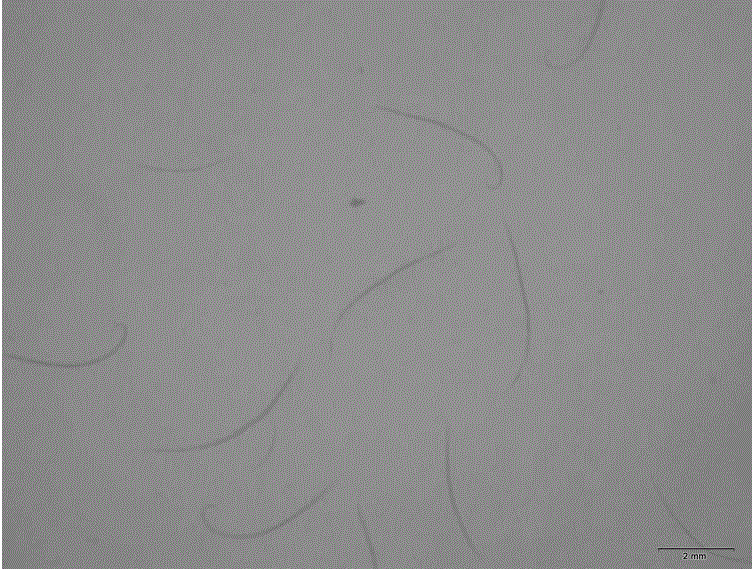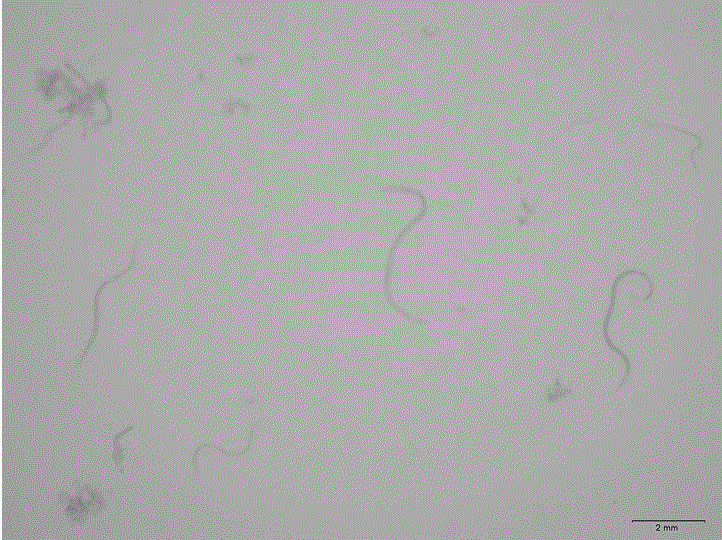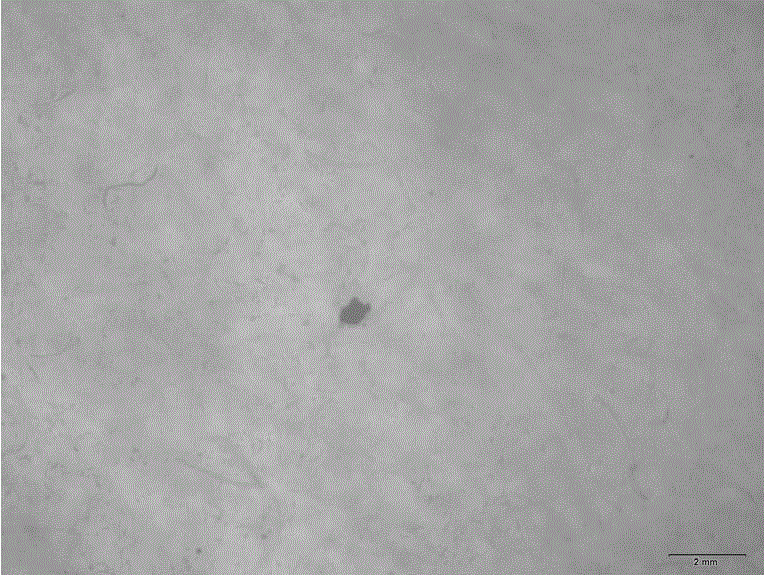Drug controlling plant nematodes
A technology for nematodes and plants, applied in the direction of nematicides, plant growth regulators, insecticides, etc., can solve problems such as economic losses, unsatisfactory control, and tree death, so as to recover economic losses, increase the effect of prevention and control, and avoid Harmful effect
- Summary
- Abstract
- Description
- Claims
- Application Information
AI Technical Summary
Problems solved by technology
Method used
Image
Examples
Embodiment 1
[0045] Example 1 Preparation of pesticides against nematodes
[0046] Bacterial solution preparation: Add 50g of chitin and 50g of antibiotic lysobacterial preservation solution to 50L of water, keep heating at a constant temperature of 30°C with a heating rod with a power of 800W, and continuously supply air with an oxygen pump with a power of 100W, and cultivate for 3 days. Add 50g of supporting vitamin solution, 300g of sugar, and 500g of compound fertilizer, continue heating at a constant temperature of 30°C with a heating rod with a power of 800W, and continuously feed air with an oxygen pump with a power of 100W, and cultivate for 3 days to obtain a bacterial solution.
[0047] The antibiotic lysobacterium strain used was the antibiotic lysobacterium strain HS124, which was purchased from the American Type Microorganism Culture Collection (ATCC), and the standard preservation number of the strain was ATCC29480.
[0048] Preparation of Sapinberry extract: dry and pulver...
Embodiment 2
[0050] Example 2 : Biological bacteria culture experiment.
[0051] Bacteria solution was taken and mixed with Sapindus extract in proportions of 1:1, 10:1, 100:1, 200:1 and 300:1 as the experimental group. : 1 mixed Sapindus group, and bacteria liquid group. The experimental group and the control group were respectively added to the aseptically treated solid medium with the same composition, and cultured under conditions suitable for the growth of antibiotic lysobacteria. After 7 days, the growth of microorganisms in each group was observed, and it was found that except for the Sapindus group, each group grew colonies, which showed that Sapindus had no inhibitory effect on the growth of the test bacteria.
[0052] According to the above ratio, the commercially available saponin, tea saponin, saikosaponin, pokeweed saponin, ursolic acid, prunella vulgaris saponin and begonia saponin were tested respectively, and the results showed that the growth inhibitory effect on the an...
Embodiment 3
[0053] Example 3 : nematode killing experiment
[0054] Experimental samples: The experiment was divided into four groups, and each sample was set up with 3 repetitions.
[0055] Group A: Sapindus chinensis extract group, the concentrations of sapindus saponin were 1g / L for A1 sample, 50g / L for A2 sample, 100g / L for A3 sample, and 200g / L for A4 sample;
[0056] Group B: Bacteria solution group, the concentration was 1×10 7 pcs / mL, B2 sample 5×10 7 pcs / mL, B3 sample 1×10 8 a / mL;
[0057] Group C: the mixed solution of the bacterial liquid of Example 1 and the extract of Sapindus chinensis, sample C1: 50 g / L of sapindus saponin + antibiotic lysobacterium 1×10 8 pcs / mL, C2 sample: Sapindus saponin 100g / L+ antibiotic lysobacterium 5×10 7 pcs / mL, C3 sample: Sapindus saponin 100g / L + antibiotic lysobacterium 1×10 7 a / mL;
[0058] Group D: pure water blank control group.
[0059] Experimental plant nematode: pine xylophilus.
[0060] Experimental procedure: the liquids of ...
PUM
 Login to View More
Login to View More Abstract
Description
Claims
Application Information
 Login to View More
Login to View More - R&D
- Intellectual Property
- Life Sciences
- Materials
- Tech Scout
- Unparalleled Data Quality
- Higher Quality Content
- 60% Fewer Hallucinations
Browse by: Latest US Patents, China's latest patents, Technical Efficacy Thesaurus, Application Domain, Technology Topic, Popular Technical Reports.
© 2025 PatSnap. All rights reserved.Legal|Privacy policy|Modern Slavery Act Transparency Statement|Sitemap|About US| Contact US: help@patsnap.com



